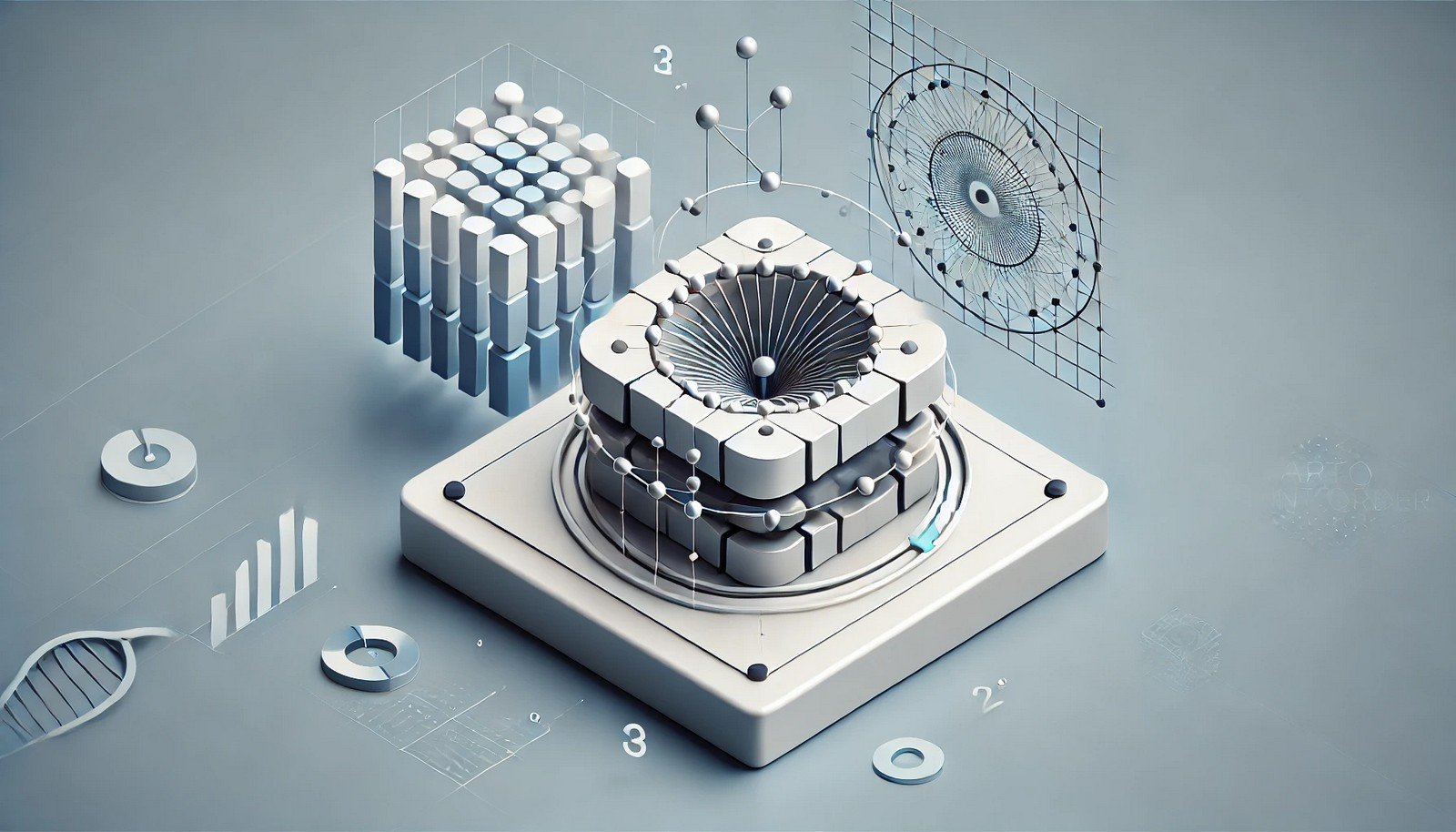Autoencoders in ML

Quick Navigation:
- Autoencoders Definition
- Autoencoders Explained Easy
- Autoencoders Origin
- Autoencoders Etymology
- Autoencoders Usage Trends
- Autoencoders Usage
- Autoencoders Examples in Context
- Autoencoders FAQ
- Autoencoders Related Words
Autoencoders Definition
Autoencoders are a type of artificial neural network used to learn efficient representations of data, typically for purposes of dimensionality reduction or data compression. An autoencoder consists of an encoder, which transforms the input into a lower-dimensional representation, and a decoder, which reconstructs the original data from this representation. This technique is often applied in unsupervised learning, where labeled data is not required, making it valuable for feature extraction, anomaly detection, and noise reduction in datasets.
Autoencoders Explained Easy
Imagine a magic machine that can take a big, messy picture, shrink it down to capture the important stuff, and then recreate the big picture almost perfectly. Autoencoders are like this magic machine for computers. They take data, make a simple version, and learn how to recreate the original as closely as possible, helping with tasks like cleaning up images or identifying unusual patterns.
Autoencoders Origin
The concept of autoencoders emerged from neural network research, which dates back to the 1980s. The method gained popularity with advances in deep learning, especially as computational power grew and the need for efficient data representation increased. This led to their widespread application in modern AI research.
Autoencoders Etymology
The term “autoencoder” derives from the network's ability to "automatically" encode and decode data through its layered structure, creating a compressed form that can later be expanded back to the original.
Autoencoders Usage Trends
Over recent years, autoencoders have become highly popular due to their ability to process large datasets and extract meaningful patterns without labeled data. Their applications are evident across fields like image processing, speech recognition, and recommendation systems, where data efficiency and noise reduction are critical.
Autoencoders Usage
- Formal/Technical Tagging:
- Neural Networks
- Data Compression
- Unsupervised Learning - Typical Collocations:
- "autoencoder neural network"
- "data compression with autoencoders"
- "autoencoder architecture"
- "latent representation in autoencoders"
Autoencoders Examples in Context
- Autoencoders help clean up noisy images by learning a compressed representation and reconstructing a clearer version.
- In cybersecurity, autoencoders detect unusual patterns in network data, flagging potential threats.
- Medical imaging benefits from autoencoders, as they enhance image quality and highlight anomalies for diagnosis.
Autoencoders FAQ
- What is an autoencoder?
An autoencoder is a type of neural network that compresses data and reconstructs it to its original form. - How does an autoencoder work?
It uses two parts: an encoder to compress data and a decoder to reconstruct the original input. - What are autoencoders used for?
They’re used in image processing, anomaly detection, noise reduction, and more. - Are autoencoders supervised or unsupervised?
Autoencoders are generally used in unsupervised learning since they don’t require labeled data. - How is data compressed in an autoencoder?
The encoder compresses data into a smaller form, called a latent representation, which retains essential features. - Can autoencoders generate new data?
While primarily for reconstruction, they can be adapted for generating new data in certain models. - What’s a limitation of autoencoders?
They struggle to reconstruct complex, highly varied data accurately. - What are some types of autoencoders?
Types include variational autoencoders (VAE), denoising autoencoders, and sparse autoencoders. - How are autoencoders used in recommendation systems?
They help extract features to recommend items based on patterns in data. - Why are autoencoders popular in deep learning?
They efficiently handle large data and help in tasks requiring dimensionality reduction.
Autoencoders Related Words
- Categories/Topics:
- Unsupervised Learning
- Neural Networks
- Deep Learning
Did you know?
Autoencoders are at the heart of anomaly detection in industries like finance and cybersecurity. By learning to recreate "normal" patterns, they flag unusual data, such as fraudulent transactions or cyber-attacks, helping organizations maintain security.
PicDictionary.com is an online dictionary in pictures. If you have questions or suggestions, please reach out to us on WhatsApp or Twitter.Authors | Arjun Vishnu | @ArjunAndVishnu

I am Vishnu. I like AI, Linux, Single Board Computers, and Cloud Computing. I create the web & video content, and I also write for popular websites.
My younger brother, Arjun handles image & video editing. Together, we run a YouTube Channel that's focused on reviewing gadgets and explaining technology.



Comments powered by CComment